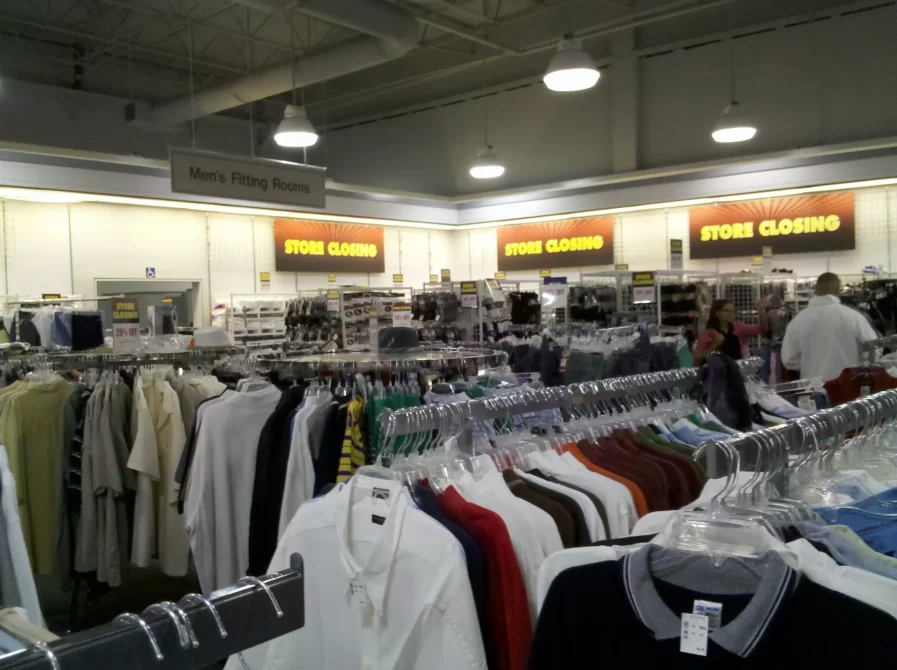
There was a time when JCPenney was a go-to destination for families looking to update their wardrobes, browse home goods, or grab a last-minute gift in America. But today, many of those same malls are quiet, and JCPenney is closing more of its doors. Many of the stores are now empty or shuttered.
On May 25, JCPenney will close seven additional locations, continuing a wave of closures that have marked the company’s recent history. These moves come years after the retailer filed for bankruptcy in 2020 and shut more than 200 stores as part of its restructuring efforts. While JCPenney has been working hard to stay relevant, some stores have simply not been able to keep up with the ever-changing consumer habits and economic pressures.
JCPenney teamed up with other brands to create catalyst brands
View this post on Instagram
Earlier this year, JCPenney joined forces with Forever 21 and other well-known brands to create Catalyst Brands, a new retail group focused on growth and innovation. The company announced plans to open 1,800 stores nationwide and create 60,000 jobs. This move will help the retail store capture new customers through improved shopping experiences.
Despite these promising developments, the seven stores closing this month won’t be part of that new chapter. These affected locations are scattered across malls in California, Colorado, Idaho, Kansas, New Hampshire, North Carolina, and West Virginia.

JCPenney spokesperson reveals the reasons for the shutdown
JCPenney’s public statements on the closures have been brief and vague. The company spokesperson cited “expiring lease agreements, market changes or other factors” without providing specifics. One location in Annapolis, Maryland, was initially on the closure list but received a lease extension and will remain open until August 31, offering a little more time for loyal customers.

For many shoppers, the news is bittersweet. The mall is no longer the busy place it once was. Many shoppers would rather stay home and order what they need. And stores like JCPenney, which were once full of life, are slowly fading out, one location at a time.
